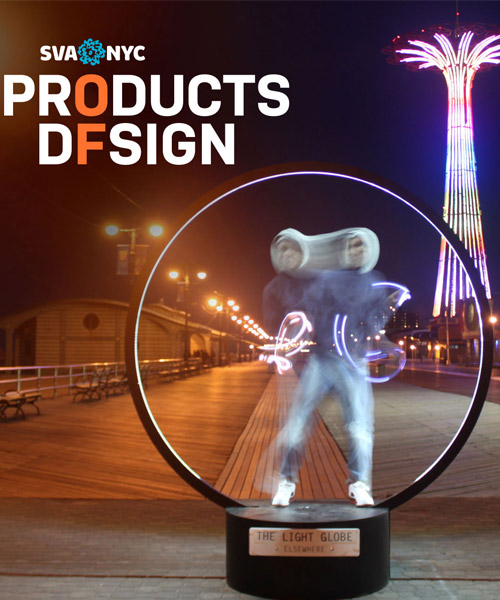at the intersection of design thinking and design making lies the prestigious MFA in products of design at the school of visual arts (SVA) in new york city. here, students encounter one of the most multi-disciplinary programs in design, covering industrial, interaction, graphic, service, and social design. this two year, intense and immersive masters course prepares future practitioners for the ever shifting terrain of modern design– concentrating on three crucial areas: making, structures, and narratives.
significantly, the products of design masters at the school of visual arts implements a ‘no grades’ policy that encourages maximum risk for projects, whilst optimizing the use of time, attention and resources. ranging from artists to researchers and financial managers to philosophers, the course welcomes students of all backgrounds, disciplines, nationalities, and cultures. this leads to projects that are as diverse as the individuals who create them. the MFA program is taught by a faculty of working professionals, many of whom are leaders within their discipline of design. in addition, students take classes at frog design, material conneXion, and johnson & johnson. at just five years old, the graduates of the masters course have gone on to work at many renowned consultancies around the globe, such as IDEO, fuseproject, SYPartners, pentagram, and microsoft.
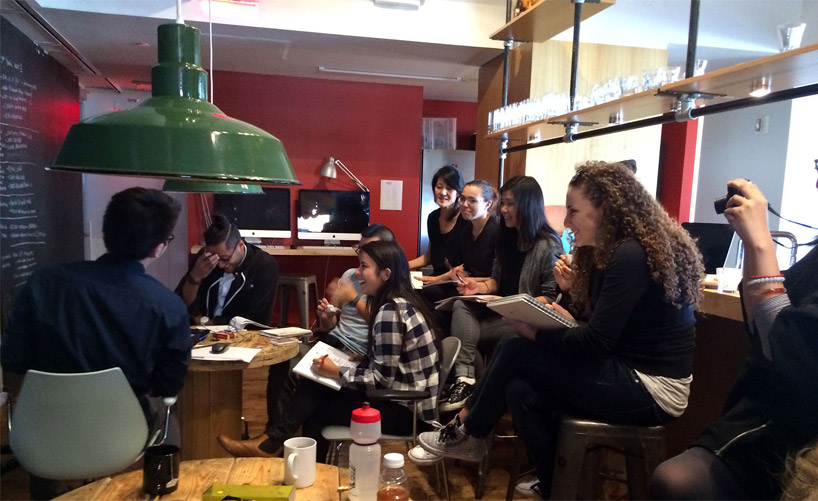
student workshop
all images courtesy of the school of visual arts
with the next academic year fast approaching, we talk to allan chochinov, chair of the MFA in products of design graduate program at the school of visual arts in new york city. he discusses the course’s mission, how it best prepares practitioners in the design field, and what truly makes their masters progam unique.
designboom (DB) what was the original mission of the products of design program at the school of visual arts?
allan chochinov (AC): the mission of the program is to recognize the changes going on in the design profession, and to put together a new kind of design education that would meaningfully align with those changes. in particular, we’ve seen the shift from the strict design of artifacts, to the more experiential design of services and platforms. we’ve seen the maker movement and the rise of the sharing economy. and we argue that the true value of design is expressed in the shift from ‘design as a noun’ (something that’s essentially fixed and aesthetic), to ‘design as a verb’ (something is dynamic and fundamentally strategic).

‘the cloud‘ by richard clarkson
DB: what defines the MFA programs at SVA—the school of visual arts—differently from other master design programs around the world?
AC: I’ve always argued that in order to be successful, a designer has to do ‘every kind’ of design—product, brand, interaction, experience, social—and all at the same time. and that’s never been truer than it is today. indeed, almost all companies are becoming hybridized beyond their original instantiations: netflix is now a movie studio, for example; amazon is a hardware manufacturer; apple is a mobile app marketplace; airbnb a social innovation lab (and a magazine!). every kind of design is bleeding into every other kind of design! it’s actually pretty exciting.
our program teaches every kind of design—from industrial design and arduino programming to design thinking and social innovation—all in a single, two-year masters degree program. so we are in the business of fortifying individuals to be generalist thinkers with multiple fluencies and multiple design skills. certainly some students will be more expert in interaction design, for example, while others more expert in business modeling (or computer modeling!). but the point of the program is to provide our students with a robust foundation in all design practices, so that our graduates can emerge with the greatest number of possible futures. and it’s working. our alumni work in world-leading organizations from IDEO and arup to local projects and american express. they also launch their own studios of course, as well as kickstart design projects.
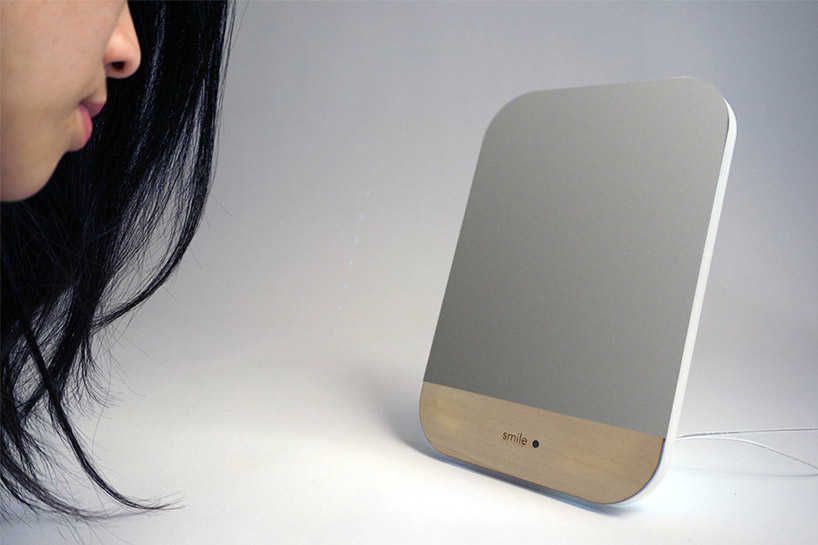
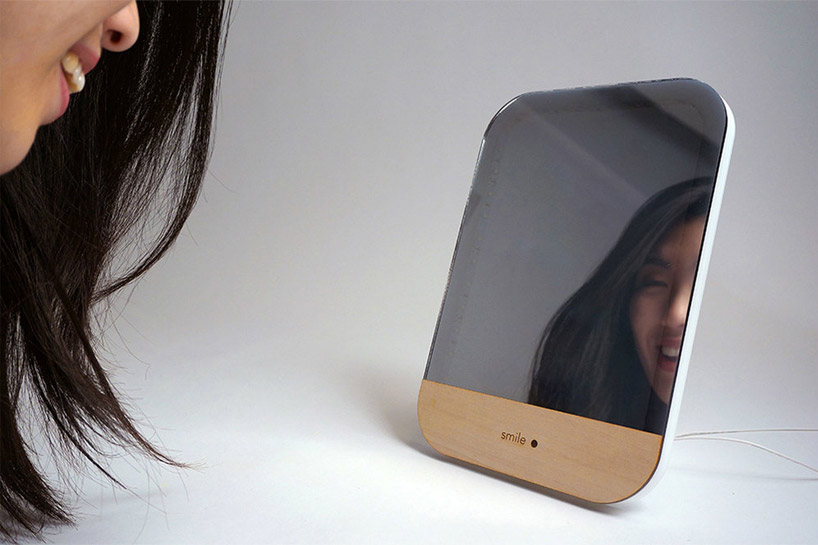
‘smile mirror’ from uplift: happiness & communication in the context of cancer, by berk ilhan
DB: an array of experienced working professionals are leading the faculty at SVA. how will students benefit from their wealth of expert knowledge?
AC: that’s true—every single one of our faculty are working design professionals, and the students are really getting a ‘front row seat’ to contemporary design practice. I always encourage our teachers to share their personal stories—both triumphs and challenges—with the students, and also to teach what they deem to be the ‘urgencies of the day.’ so much of design practice is changing, and we want to insure that our curriculum is tracking closely—actually tracking ahead—of where design is going right now.
that said, we have a keen awareness that life in school and life at work are not the same thing. school affords much greater latitude in what a designer can pursue. we don’t have grades, and our faculty are encouraged to teach to the individual. this is harder than teaching groups, of course, but we value a student’s point of view as much as we value their talent. in fact, we even have a course called ‘point of view’!
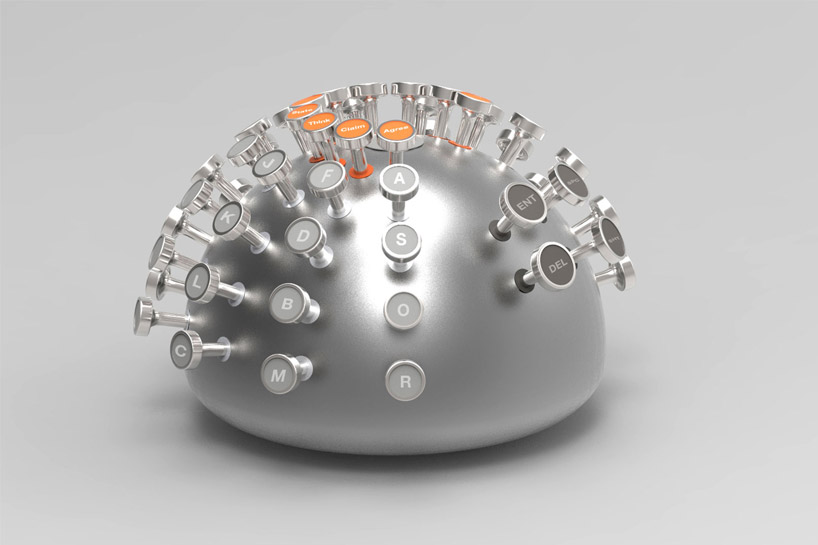
‘exponent keyboard’ from amplifying the female voices in tech discourse by roya ramezani
DB: how does the program prepare future practitioners in the multi-disciplines of design, and what kind of work are they doing when they graduate?
AC: our graduates do really well when they get out—and also during the summer between the two years of the program. we have an incredibly well-attended job fair every february, where companies—ranging from google creative labs and frog to IBM and pentagram—come to interview our students. many graduates work at top-tier companies like these, while others start their own practices and their own studios. one student, jon lung, recently won a television show host role on the new mythbusters series! (he even filmed his audition tape here in the department classroom.) we are in close touch with our alumni, so they always feel that they are a part of an extended family.

class of 2016 graduate jon long wins mythbusters television show host role
DB: the program follows three fields said to be crucial to the future of design. what are these and how do students develop skills within these cores?
AC: in the beginning, since we were so ambitious in our pedagogy, it was important to break down the curriculum into a manageable framework— making, structures, and narratives. and this rubric has proven to be extremely valuable, since it maps to the notion that we are educating and training ‘hands, head, and heart.’
making is fundamental to design, and we have an unparalleled devotion to the prototype. students get their hands dirty with model-making in the shop right away, but they also make with electronics, with software, and with speculative design props.
structures are contextual—systems thinking, business modeling, ethics, entrepreneurship—these are the containers that design needs to fit into in order to be authentic and successful.
narratives are the storytelling elements of design—from research and design history to making design videos and learning about professional presentation techniques.
and we teach all of these things concurrently throughout the two-year program so that they cross-pollinate with one another. it’s a holistic approach, but we’ve found that it really resonates with people researching the program and trying to wrap their heads around so many facets of design and education.
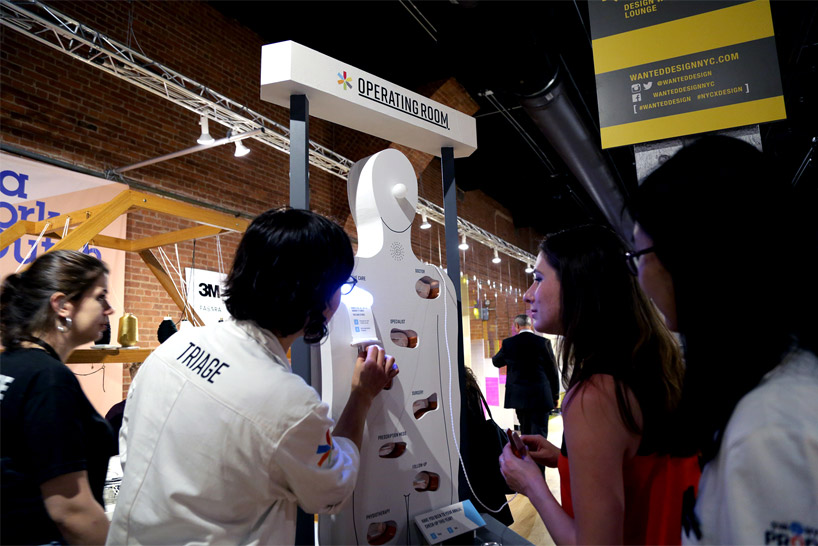
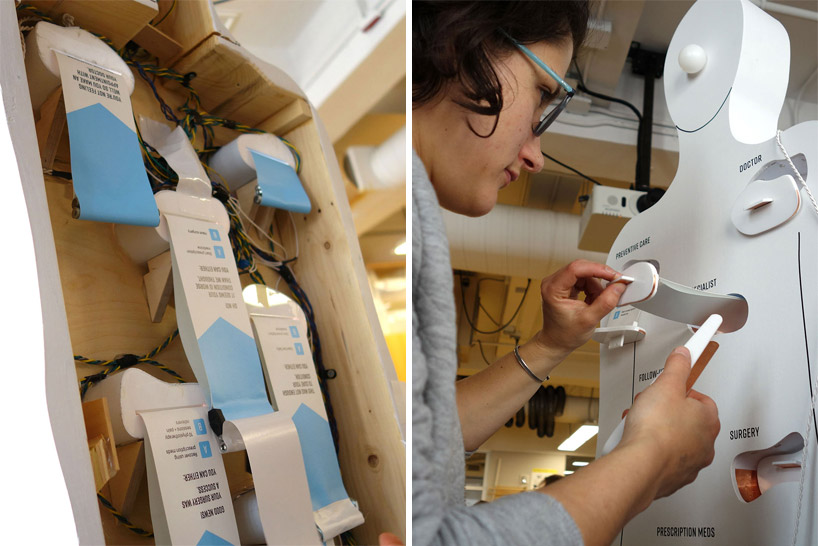
students prototype a life-size operation game mannequin to explore healthcare costs and priorities in their NYCxdesign exhibition ‘triage‘
DB: how will students and trainee designers be challenged when embarking on this two year, immersive program?
AC: well, it’s no secret that this is a demanding program, but it’s graduate school, and in fact the two years actually go by pretty quickly for the students. I’ve always thought of grad school as a kind of gift that a person gives themselves—to return to school to do advanced study in an area that they are passionate about. but I should also note that we accept people into the program who are not technically ‘designers’—people with a broad spectrum of backgrounds and experiences. people who are career changers, or who ought to be in the world of design. we’ve had people from business schools, people who have worked in the circus, graffiti artists. we especially love artists, since artists are very comfortable breaking rules. and certainly we live in a time where we need to challenge the structures of society, and reimagine our fundamental assumptions about how to move forward. this takes rule-breakers. that’s who we’d like to apply to the program.
for more information about the program, check out their homepage, or take a look at 14 things that matter: what distinguishes the MFA in products of design?
PRODUCT LIBRARY
a diverse digital database that acts as a valuable guide in gaining insight and information about a product directly from the manufacturer, and serves as a rich reference point in developing a project or scheme.
